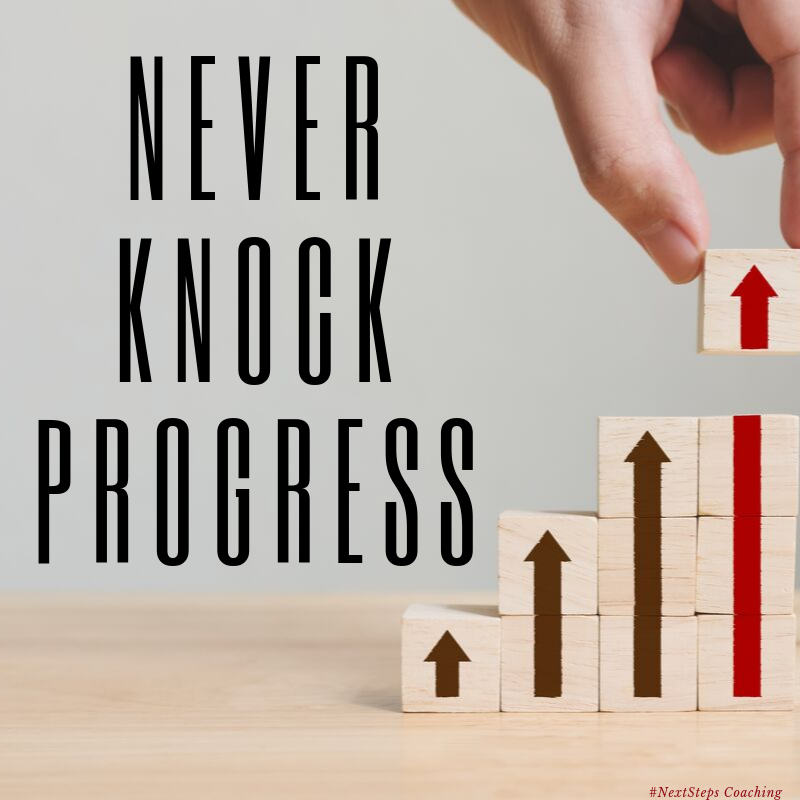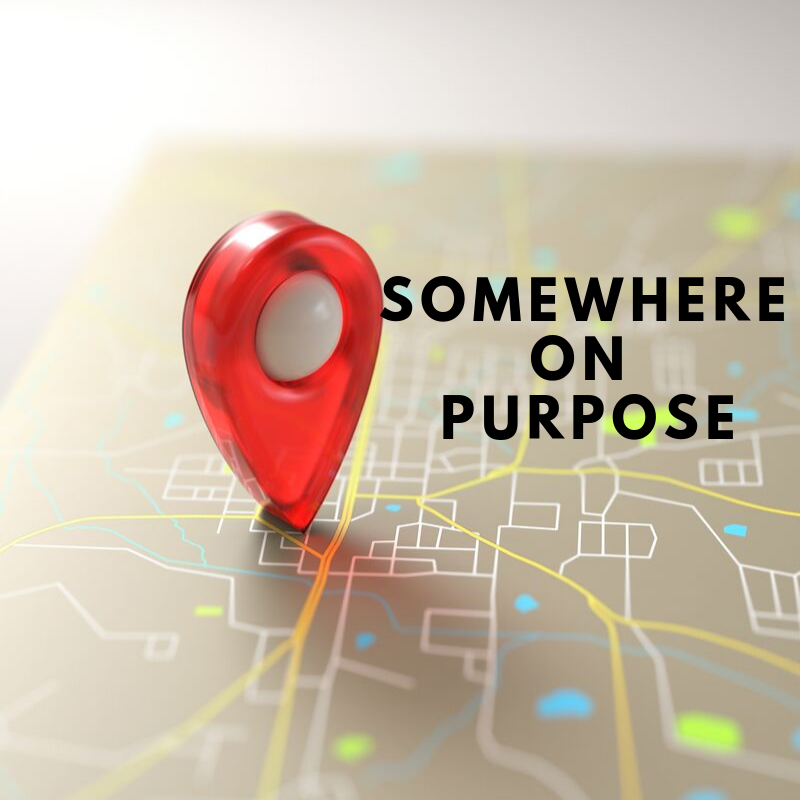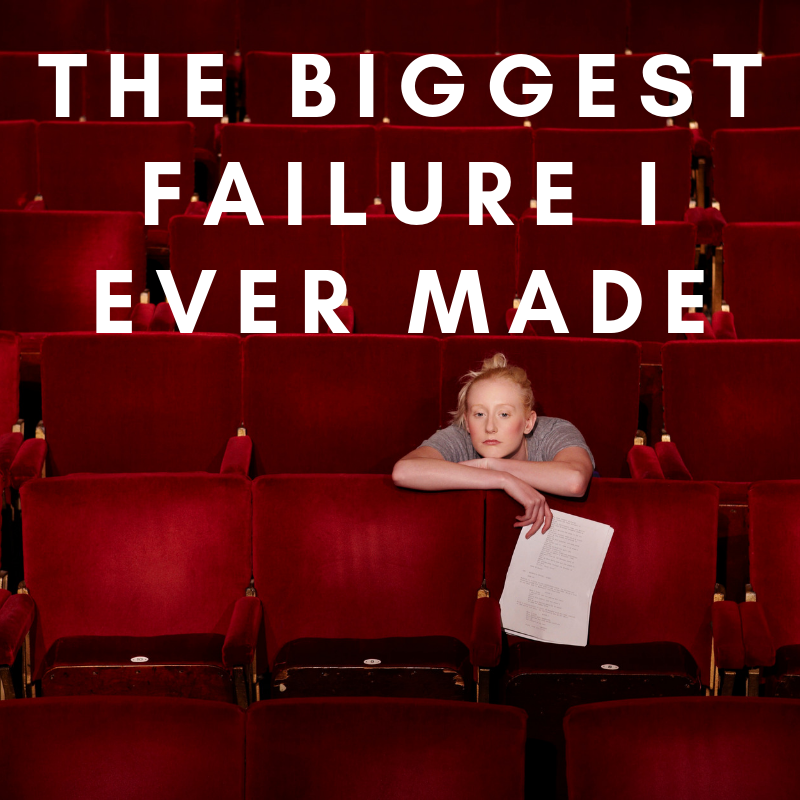
One Thing
One of the things I give every coaching client is the “High-Performance Scorecard.” It’s a postcard-sized printout designed to be carried with them in their day-planner or another medium that works for them.
It reinforces many of the mental habits we talk about, keeps them focused on their goals, and gives them “check-in” techniques when they are feeling distracted.
But there’s also one focus item on there that says, “What’s one thing I did today to pursue my goals: ______________________”
After spending hours designing this scorecard, I think this is one of the most important questions on there.
Why?
Because, as a High-Performer training other high-performers, here’s what I’ve learned: we have trouble acknowledging the day-in-day-out habits of success.
I have big dreams. I write them down, track them, andmeticulously refine them to be perfect.
But if I’m honest, some days (more than I care to admit) I think “But what did I really do to get closer to my goals?” 
In the day-in-day-out grind of the entrepreneurial life, I often feel like I don’t do things of consequence.
Writing a blog is a part of my business, nothing heroic.
Same with coaching a client.
And Instagram, Facebook, Twitter, and email.
Networking is hard but necessary, so nothing special there.
And that’s precisely my problem. When I can convince myself that nothing matters then nothing ends up mattering.
So I put that question in the scorecard to remind my clients that what you do absolutely matters, 100% of the time.
Because what’s the alternative? Not writing the blog post? Now that would be a tragedy.
Not coaching, not engaging in social media, and not networking would mean the end to my business.
So in reality, it’s those little things that do matter. It’s the little things that add up to big wins. Big wins lead to success.
Success is what my clients pay me for.
Never Knock Progress
One of the mindsets I’ve had to change in myself, and one I work hard on my clients with, is that of the daily routine. In the scorecard, it’s a built-in process. At the end of every day, you acknowledge a success, however seemingly small or insignificant, and champion the work done.
And no matter how small a victory, I tell them, “It’s progress, and we never knock progress.”
It’s a great way to combat fatigue, discouragement, and frustration. By remembering the one thing we did today, we’re encouraged to do one more thing tomorrow.
Day after day.
Week after week.
Month after month.
Year after year.
Until all of a sudden, we realize that we’ve made our own version of success.
That’s why we celebrate one thing.
That’s why we never knock progress.
What’s one thing you would tell someone facing discouragement or disillusionment in chasing their dream?








